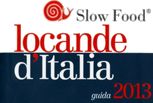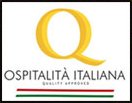I went to see the 73 rd edition of the lighting of the furnace beneath the direct-fire still at the Levi distillery in
Neive, which elicited a whole host of emotions within me and enlivened all 5 of my senses!
This event had a bit of everything: a magical place, the ritualistic fire, the band, the poetry and design work
of Romano Levi, the grappa labels that he designed himself and often dedicated, the wonderful things to
taste …I hope that all of the many special people who read our blog enjoy learning about this extraordinary
place and its history.
Happy reading and a (virtual) toast with the grappa from the Levi distillery!
Giovanna
The Wild Woman of the Langhe and the grappa of Romano Levi
The Italian Comune of Neive is located at the centre of the Strada Romantica of Langa, and is the most
complex with 100 kilometres’ worth of pathways to explore a mesmerising and alluring landscape. This area
is home to ancient traditions, such as that of the legendary ‘Wild Woman’. This symbolic image, in which
the conflict between man and nature was reconciled within a female figure, once languished in the
background with mythology but was then made famous beyond the confines of the Langhe by labels
designed by the “Angel of Grappa”, Romano Levi of Neive.
The Wild Woman
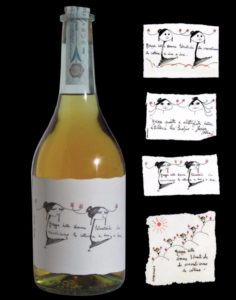 An ancient tale about the Salige describes the Wild Women of the Langhe as “recurring figures in the sagas
An ancient tale about the Salige describes the Wild Women of the Langhe as “recurring figures in the sagas
of the Alps, which represent the deepest feminine, bodily and instinctual roots: the archetype of nature
wild and free, untouched by civilisation and its discontents”.
The Wild Woman is characterised in Langhe peasant society as the bearer of a culture deeply rooted in the
annals of time, in close contact with nature and its secrets, with trades linked to seasonality, with the
wisdom of elders interspersed with popular and superstitious religiosity.
Within the collective consciousness of the Langhe, the figure of the Wild Woman has always been bold and
forthright: a woman who does not easily adhere to dominant social conventions, one who pays no
attention to appearances and one who resists the conformity that pervades the countryside; an
independent woman who is proud, autonomous and able to fend for herself and, often, others as well; a
female archetype that embodies difficulty and joyfulness, material hardship and the spiritual riches of a
rural life unchanged over time.
Romano Levi, well known in Neive as an artisan grappa maker, poet and label designer, brought the myth of
the Wild Woman back to life and made it famous. For him, the Wild Women are visions, memories of the
past. When he walked to school through the streets, he would encounter “beautiful dishevelled women,
who were a little bit crazy, a little bit like witches and a little bit like fairies”.
Romano Levi recalls the ‘Wild Women’:
“As a kid, I would walk through vineyards on my way to school. Often, among the rows of vines, there were
so-called ‘ciabòt’, tiny shelters where winemakers and peasants took refuge … I used to pass by in the
morning and sometimes I saw these women coming out of the shelters, beautiful and dishevelled, a little bit crazy and lonely, often living on the fringes of peasant society. They were mysterious, had no constraints,
they disappeared and then came back. They were a little bit like witches and a little bit like fairies.
They were free, as all women should be to be able to enjoy the very best that life has to offer”.
The grappa of Lidia and Romano Levi
For more than sixty years, brothers Lidia and Romano Levi produced a truly unique grappa known as ‘The
Grappa of the Wild Woman’, continuing the traditions of their ancestors. It is not just the distilling of the
marc that made it unique, but Lidia’s skill in bringing together immersed herbs within the bottles, or
Romano’s poetic, hand-designed labels.
The grappa is magnificent and he treats the labels that he painstakingly crafts by hand with the utmost
dedication and respect. The names are a timeless reminder of his great love for Women who are
respectable, unseemly, wild, influential and suppressed, Women who climb hills, who allow themselves to
be touched or not, who have silvery golden hair”. Luigi Veronelli (oenologist, chef, gastronome and writer)
http://www.lacucinaitaliana.it/storie/luoghi/luigi-veronelli-cucina-vino-olio-storia/
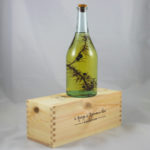 The home/distillery of the Levis is now a vibrant Museum where Grappa continues to be made. It is a truly
The home/distillery of the Levis is now a vibrant Museum where Grappa continues to be made. It is a truly
special place that occupies its own unique space in time, where the Genius Loci of Romano Levi continues
to be at the heart of the art, methods, working times, simple and essential objects, scents and serenity
involved in the making of the Grappa.
http://en.distilleriaromanolevi.com/romano-levi/#distillery
http://en.distilleriaromanolevi.com/romano-levi/
https://www.facebook.com/DistilleriaRomanoLevi
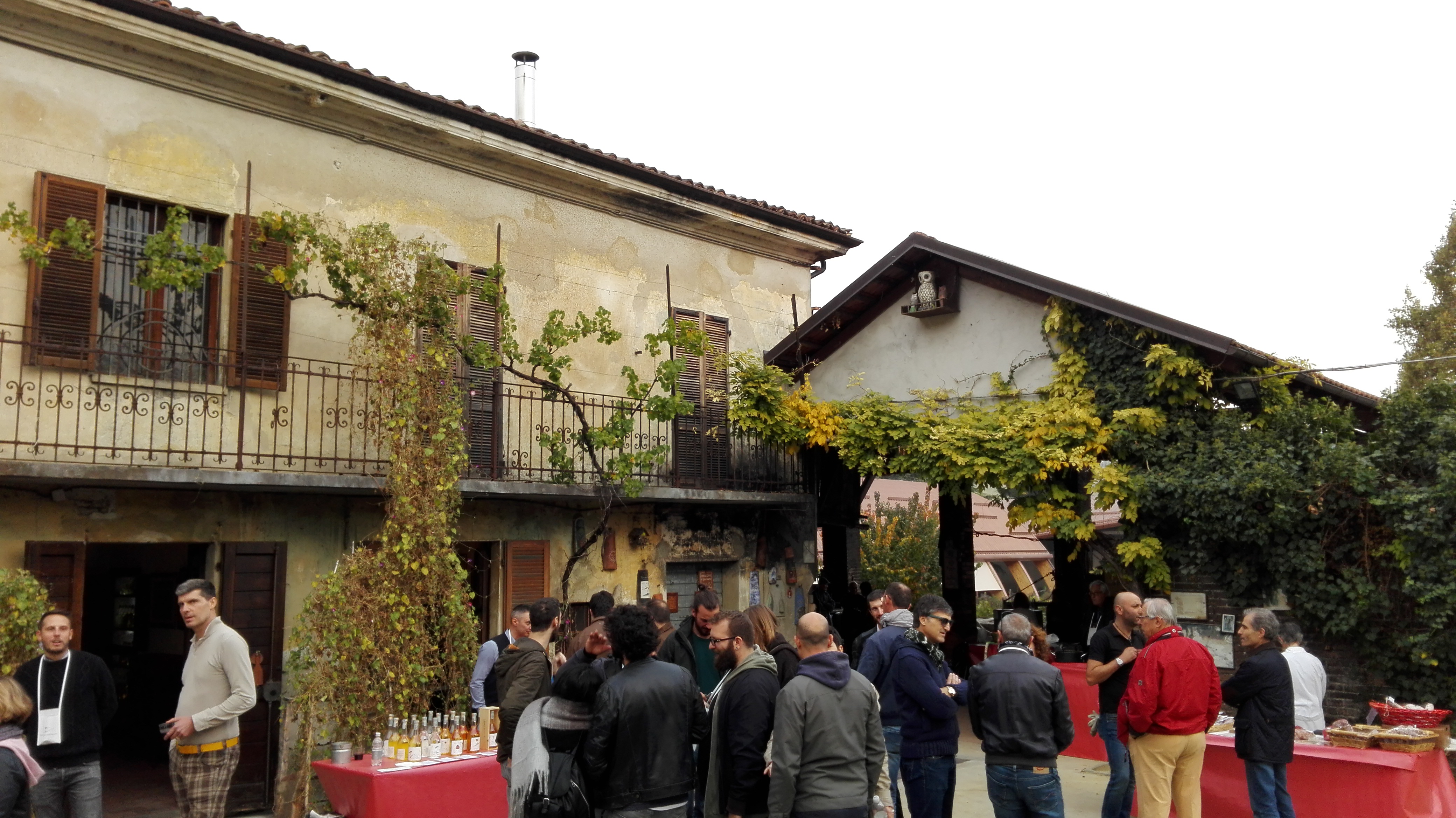
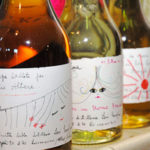
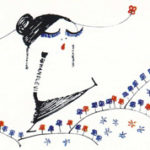
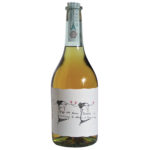
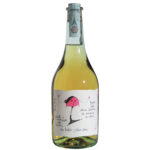
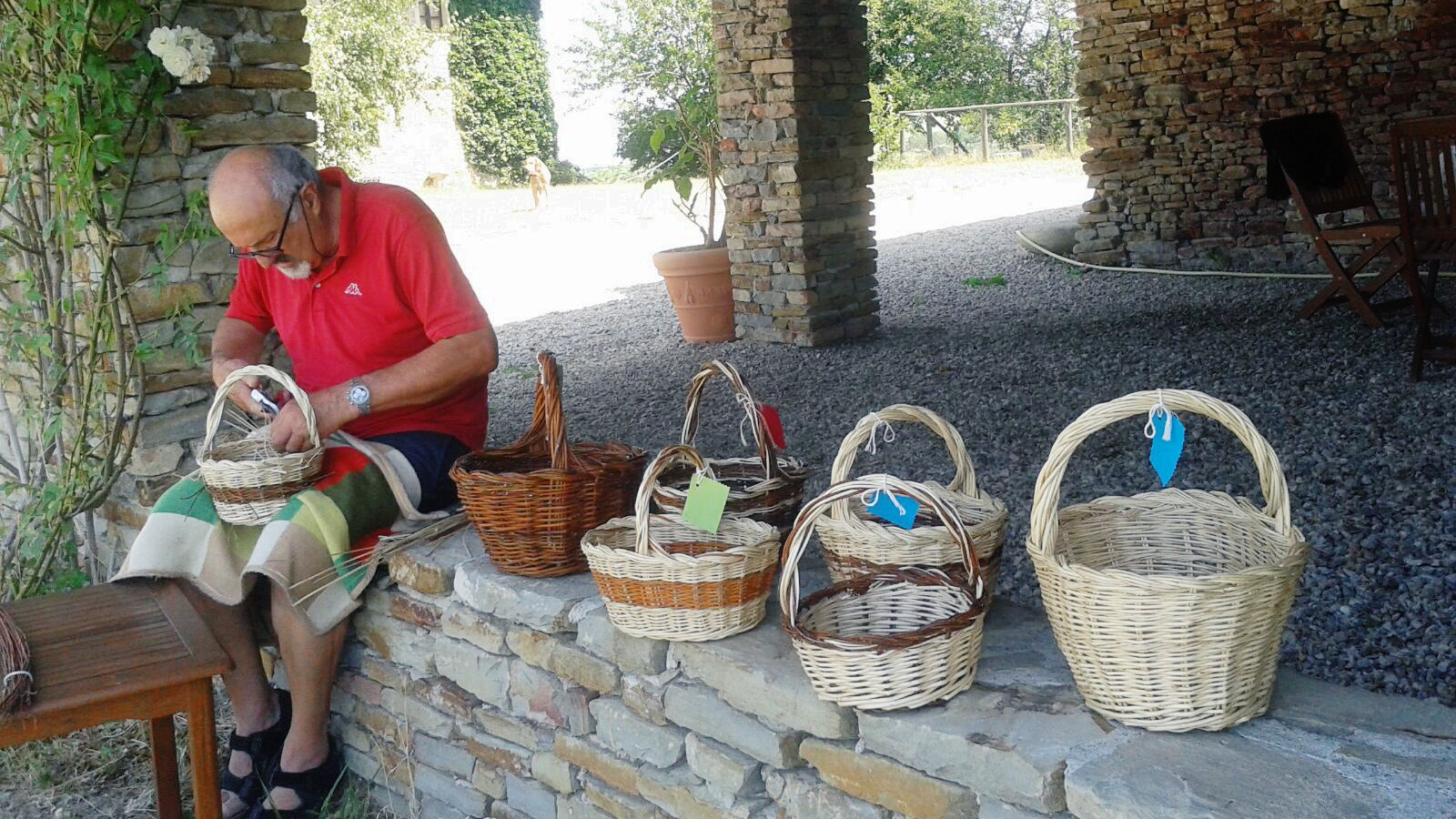
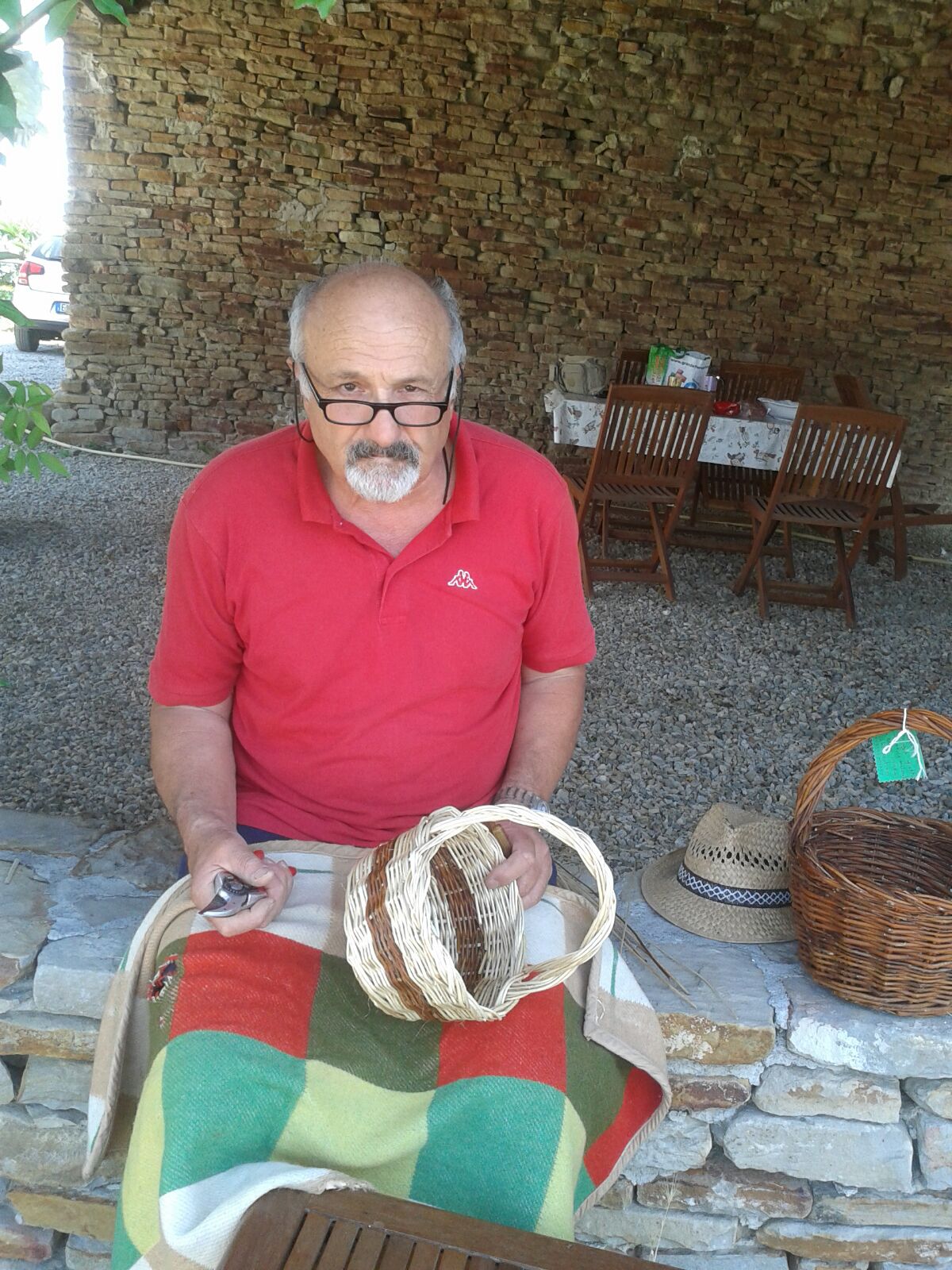


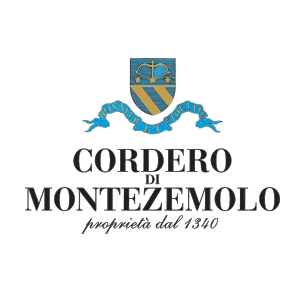
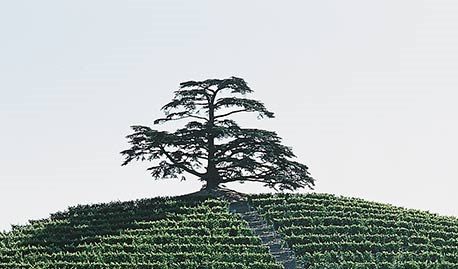
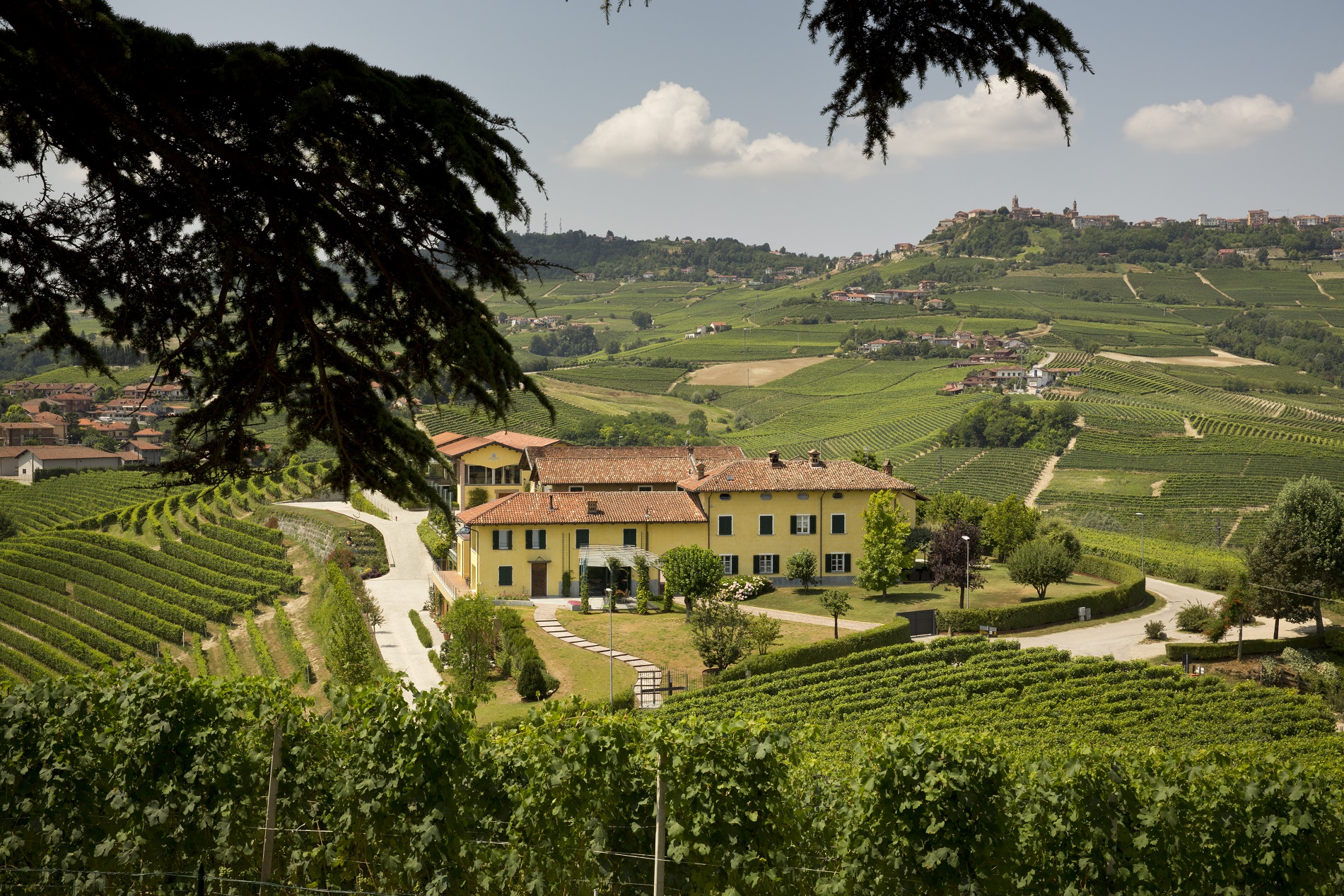
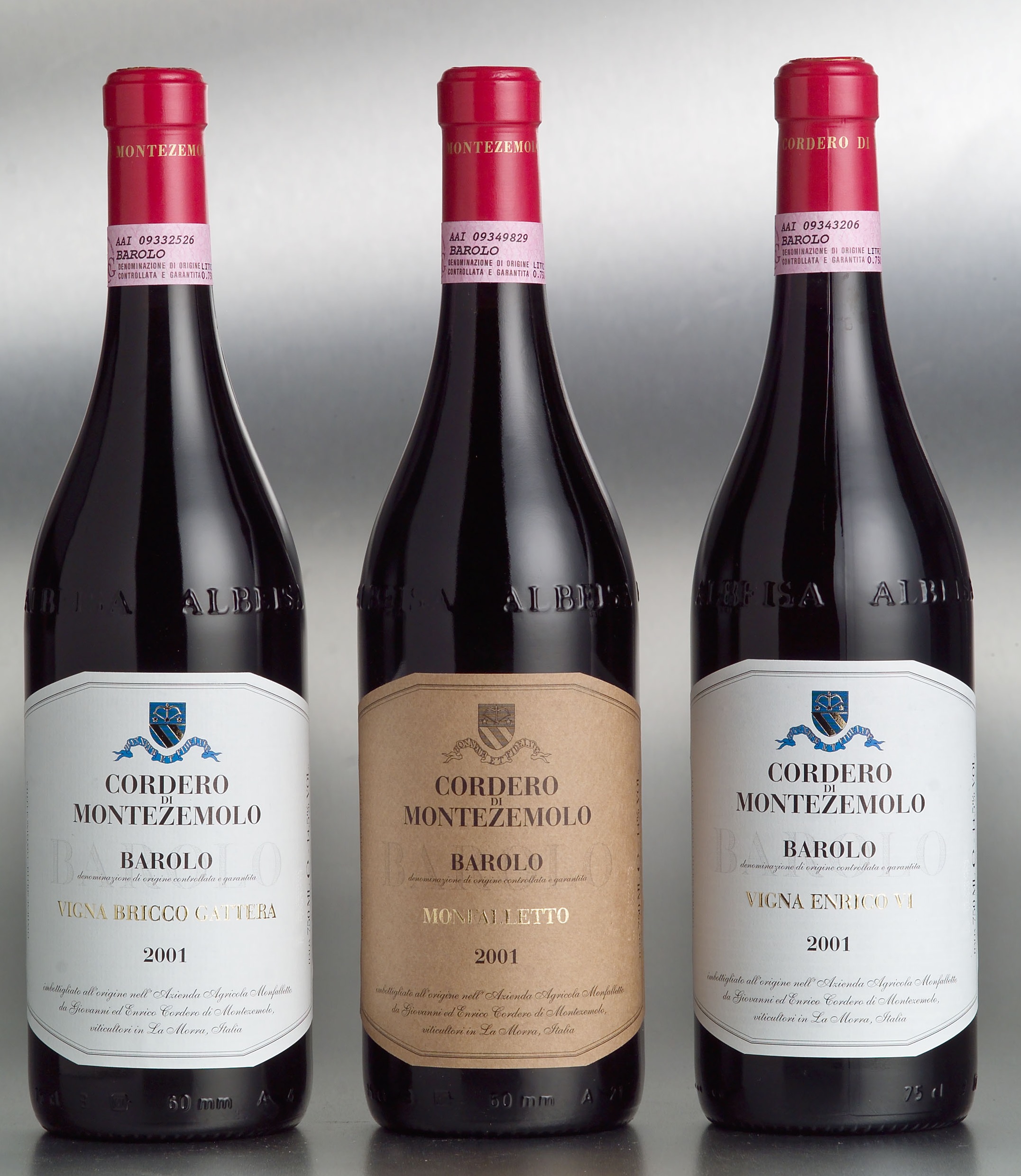 Langhe Arneis
Langhe Arneis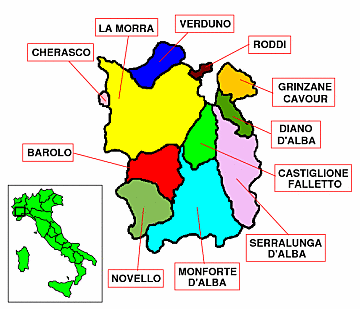
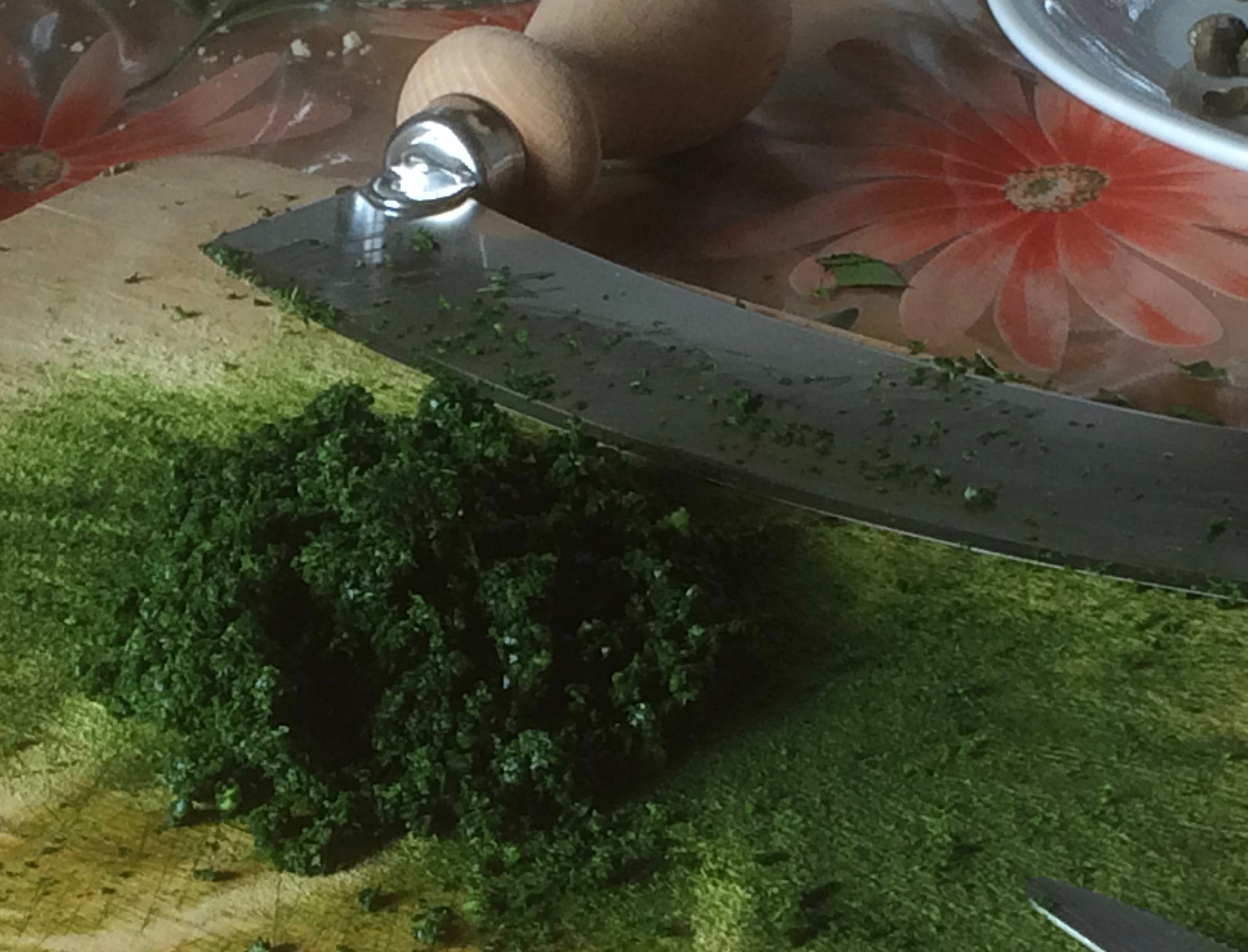
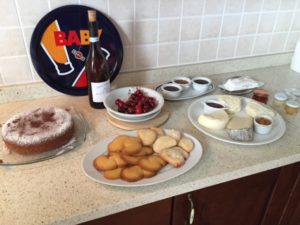
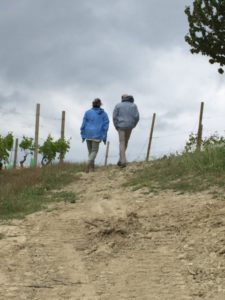
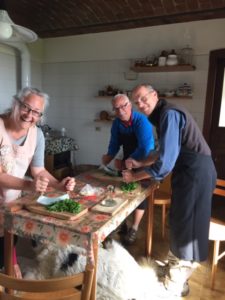
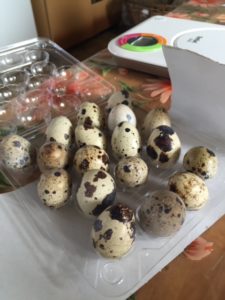
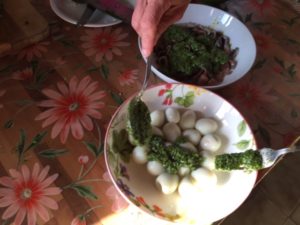
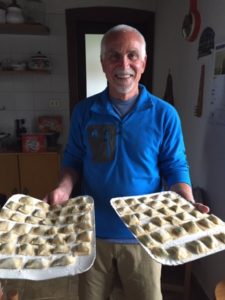
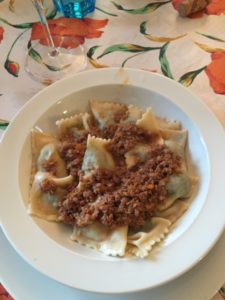
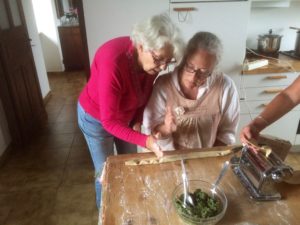
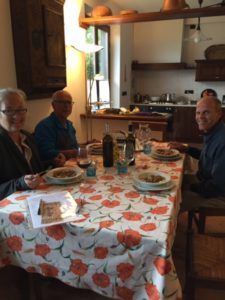
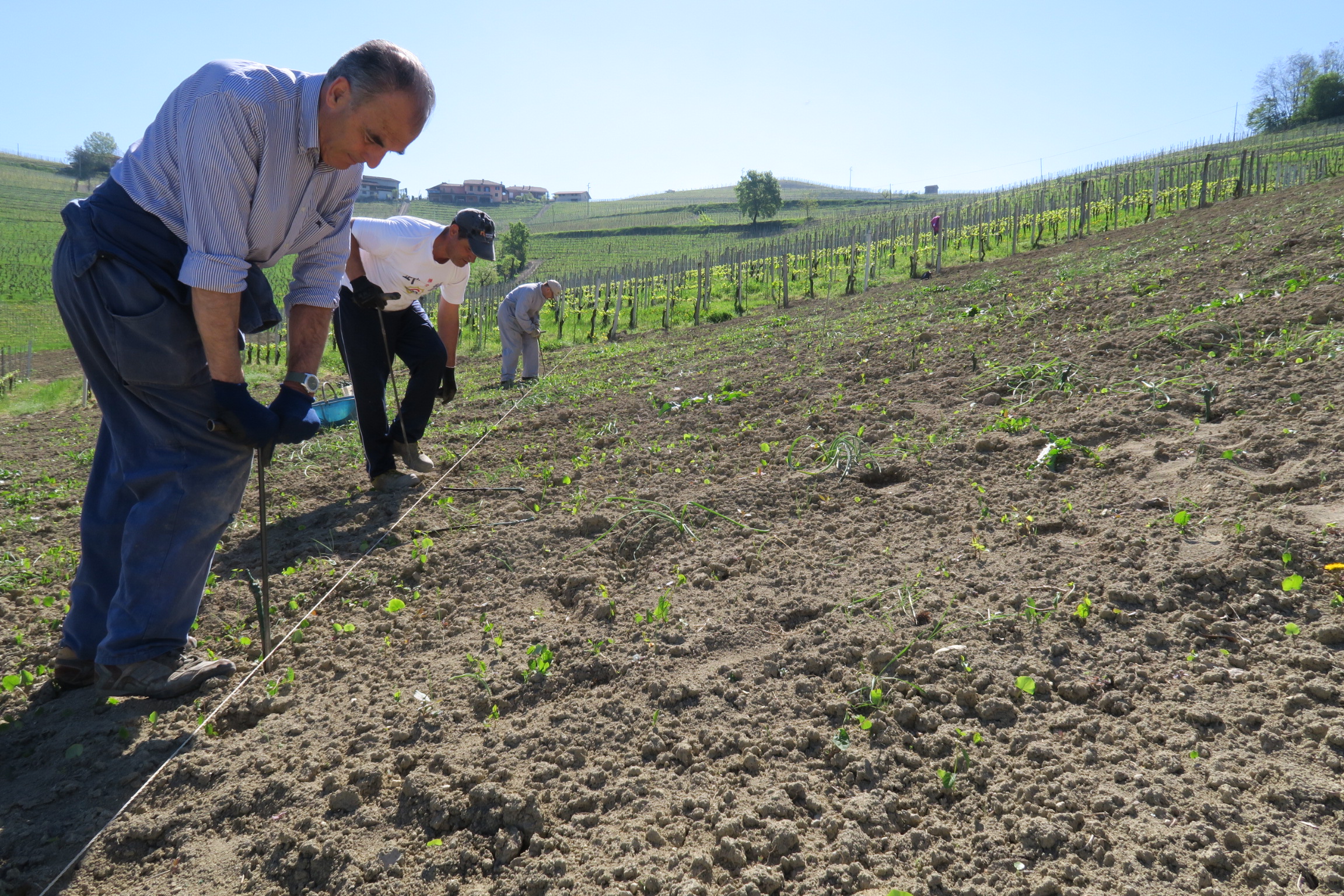
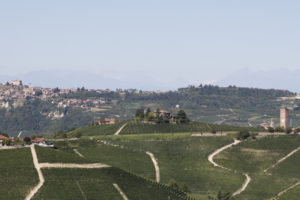
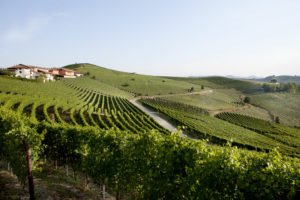
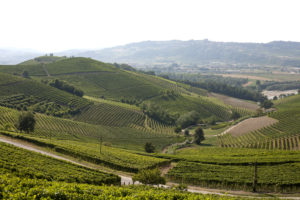
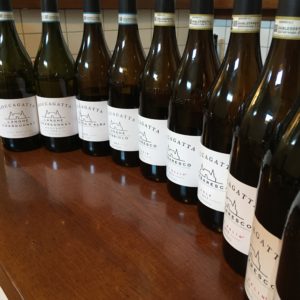
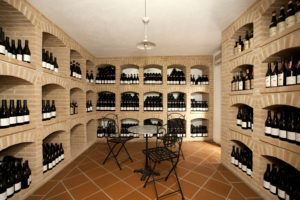
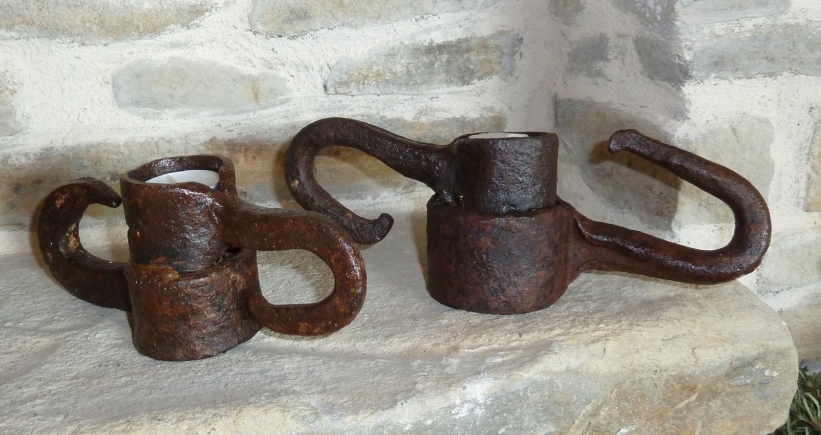
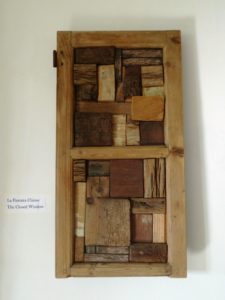
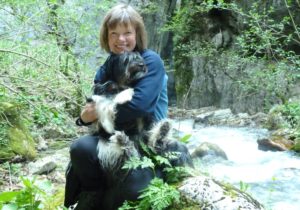
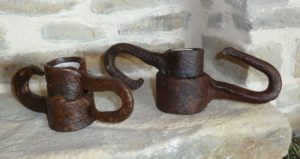
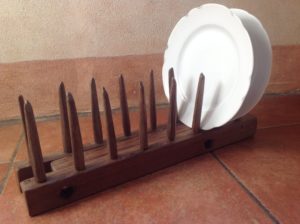
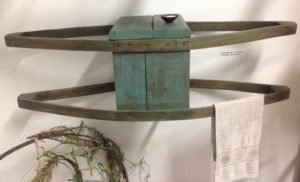
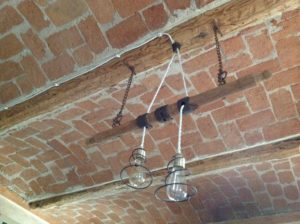
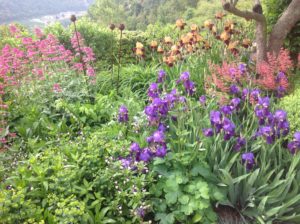

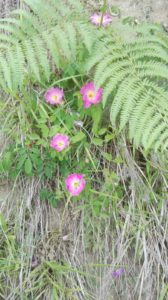
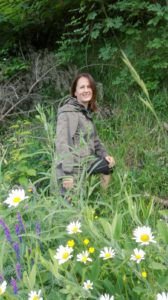
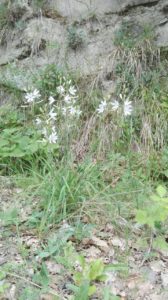

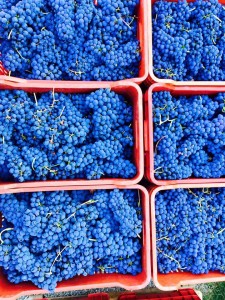
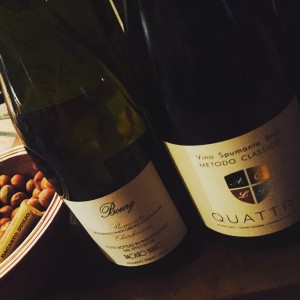
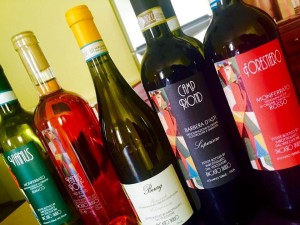
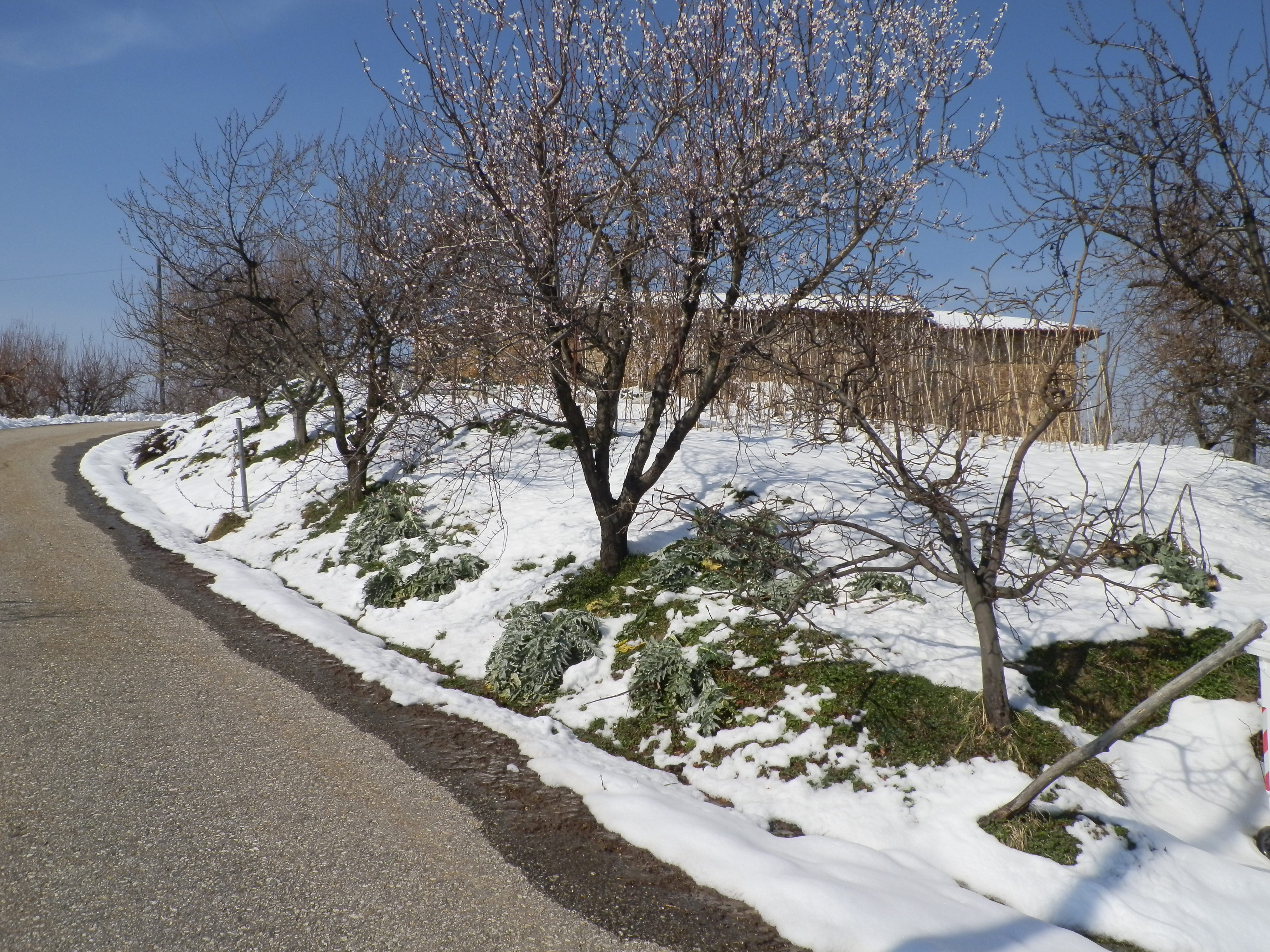
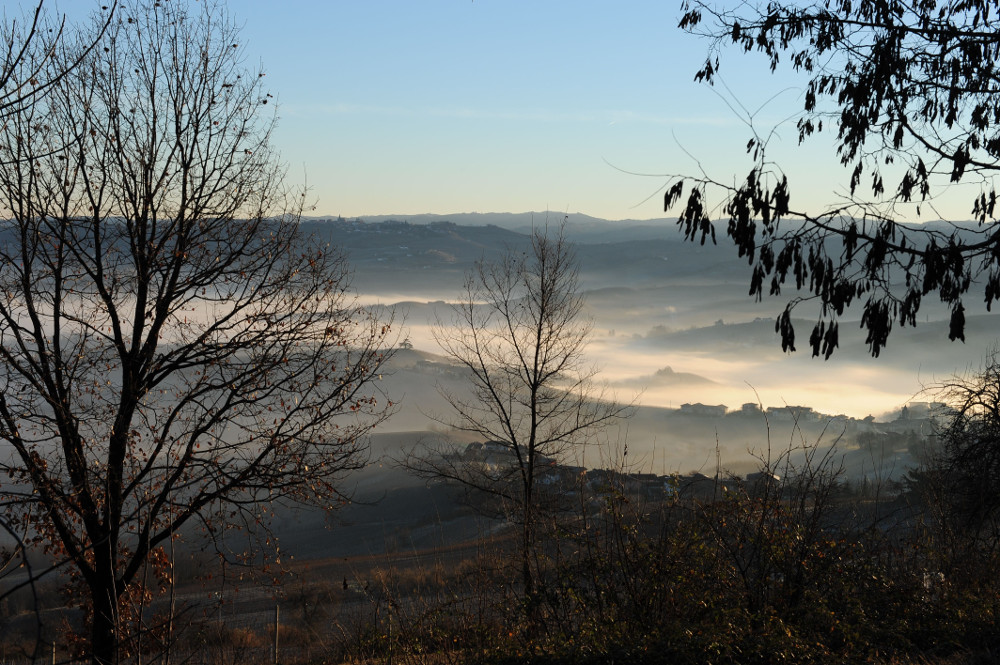
 Book now
Book now


